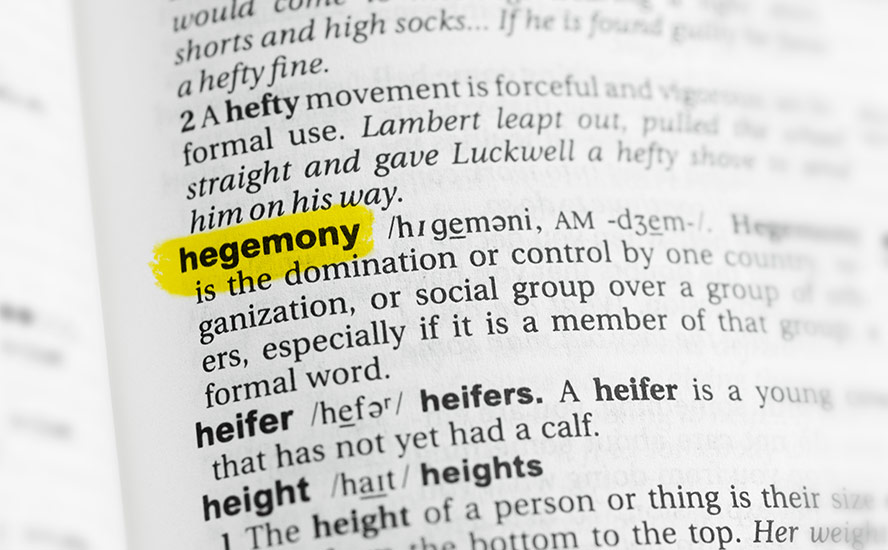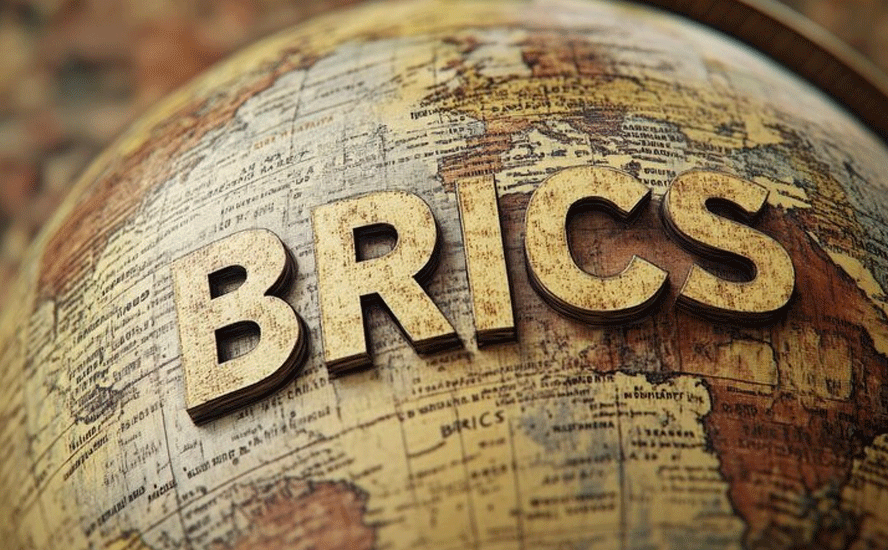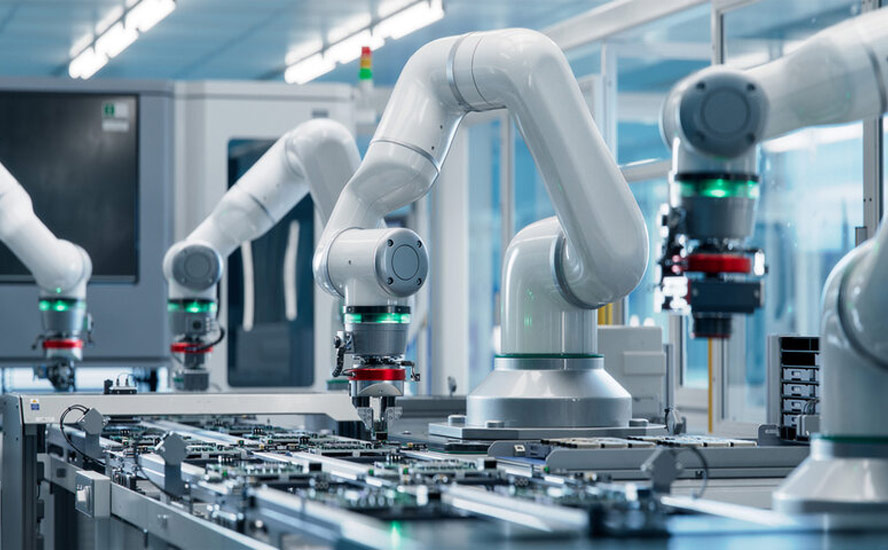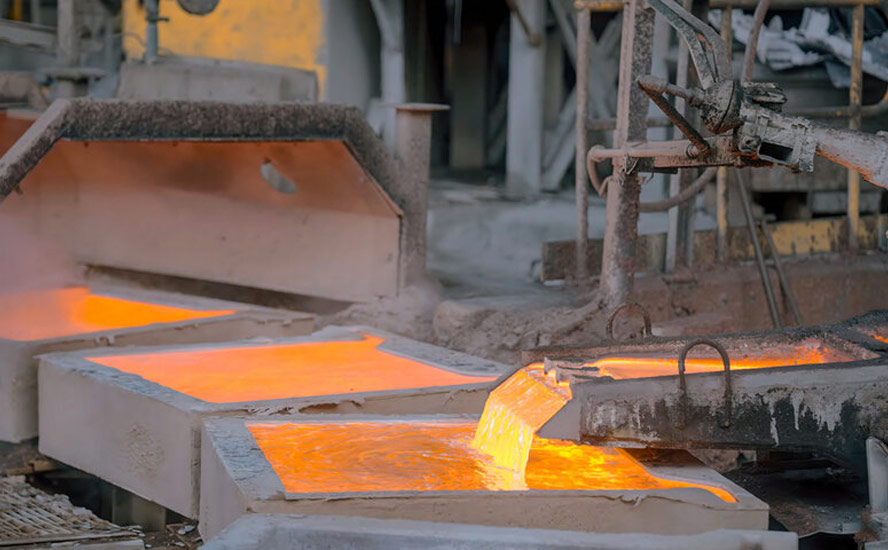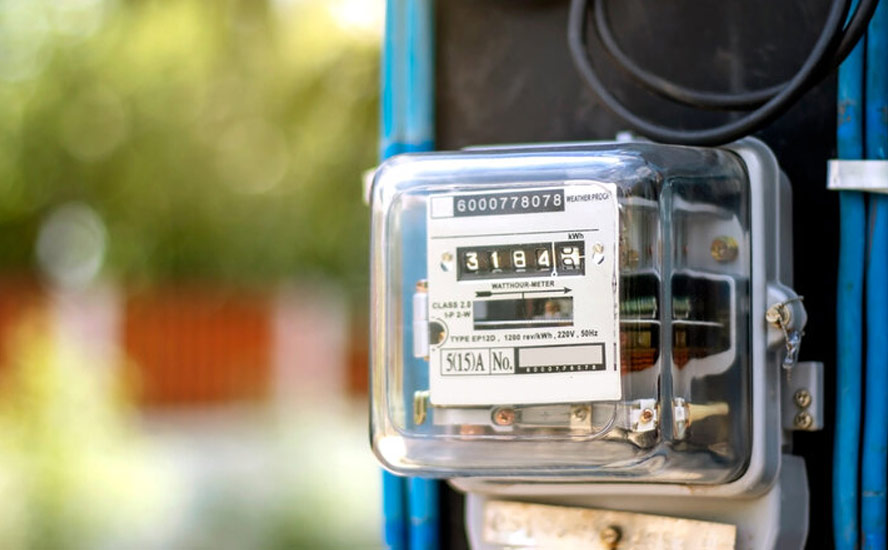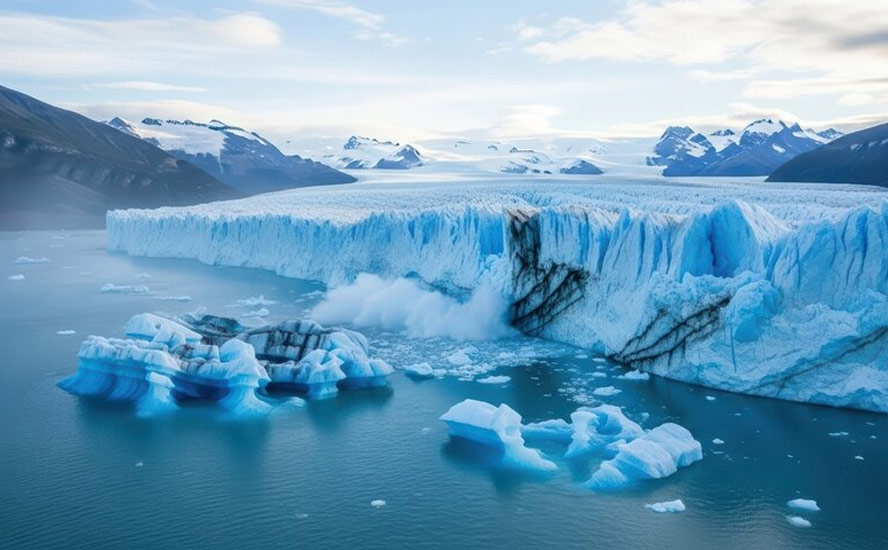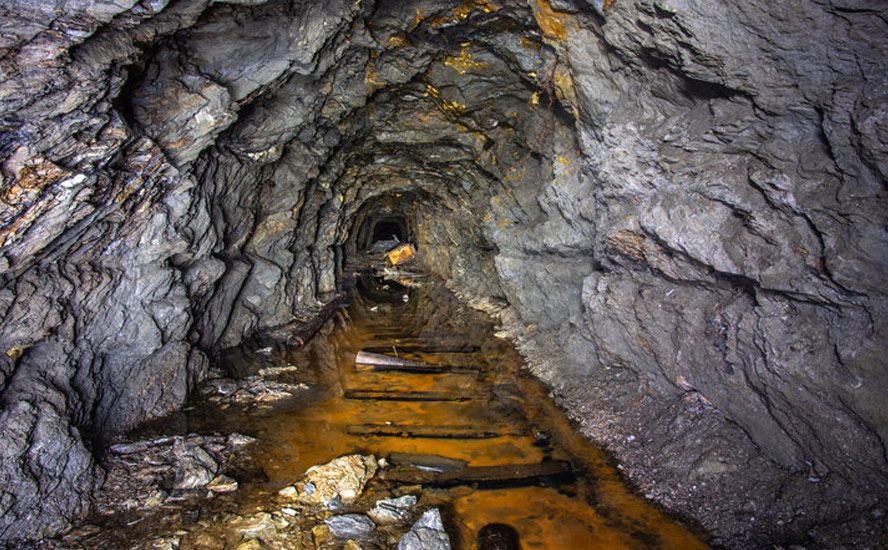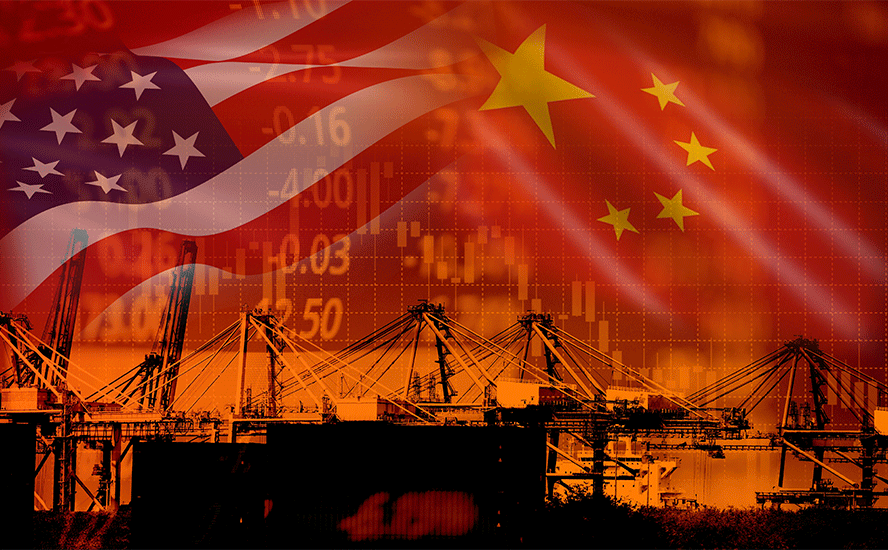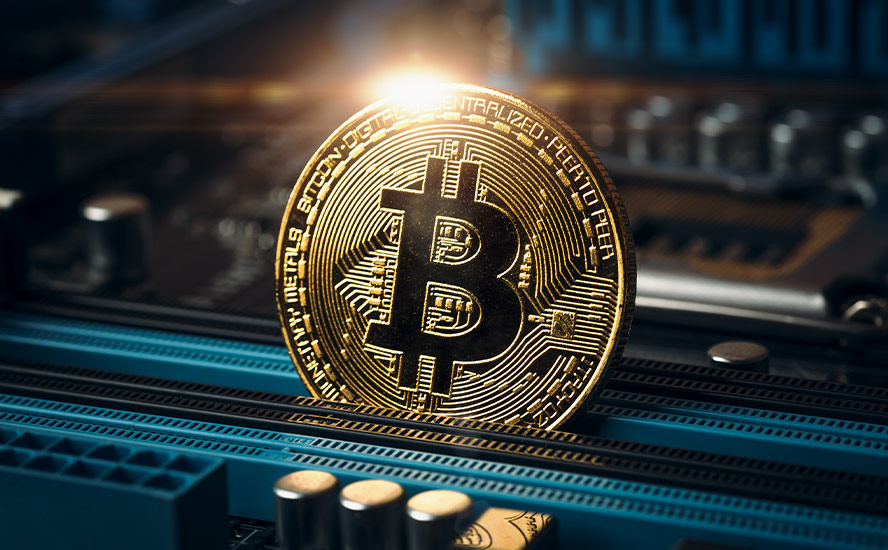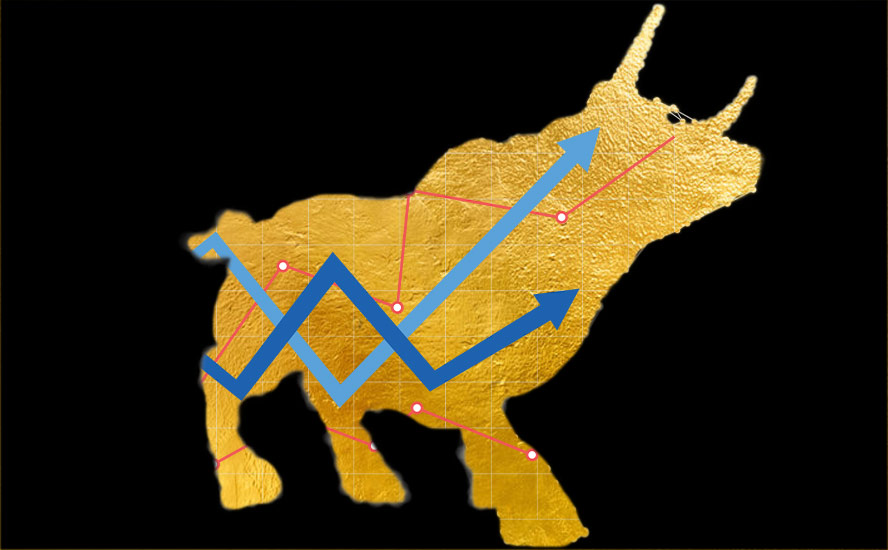Inflation, recession, and declining US hegemony
2022.12.26
By Alasdair Macleod
In the distant future, we might look back on 2022 and 2023 as pivotal years. So far, we have seen the conflict between America and the two Asian hegemons emerge into the open, leading to a self-inflicted energy crisis on the western alliance. The forty-year trend of declining interest rates has ended, replaced by a new rising trend the full consequences and duration of which are as yet unknown.
The western alliance enters the New Year with increasing fears of recession. Monetary policy makers face an acute dilemma: do they prioritise inflation of prices by raising interest rates, or do they lean towards yet more monetary stimulation to ensure that financial markets stabilise, their economies do not suffer recession, and government finances are not driven into crisis?
This is the conundrum that will play out in 2023 for the US, UK, EU, Japan, and others in the alliance camp. But economic conditions are starkly different in continental Asia. China is showing the early stages of making an economic comeback. Russia’s economy has not been badly damaged by sanctions, as the western media would have us believe. All members of Asian trade organisations are enjoying the benefits of cheap oil and gas while the western alliance turns its back on fossil fuels.
The message sent to Saudi Arabia, the Gulf Cooperation Council, and even to OPEC+ is that their future markets are with the Asian hegemons. Predictably, they are all gravitating into this camp. They are abandoning the American-led sphere of influence.
Legal Notice / Disclaimer
Ahead of the Herd newsletter, aheadoftheherd.com, hereafter known as AOTH.Please read the entire Disclaimer carefully before you use this website or read the newsletter. If you do not agree to all the AOTH/Richard Mills Disclaimer, do not access/read this website/newsletter/article, or any of its pages. By reading/using this AOTH/Richard Mills website/newsletter/article, and whether you actually read this Disclaimer, you are deemed to have accepted it.

